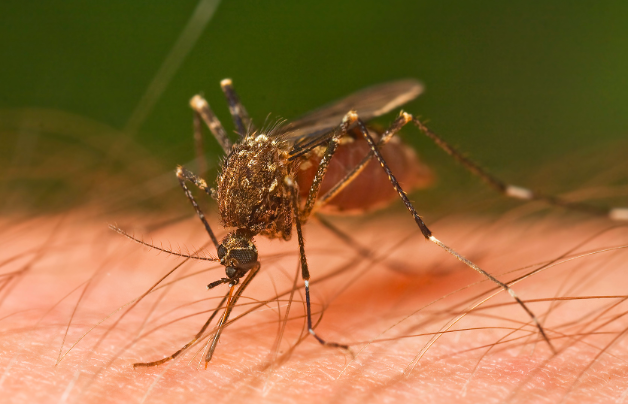According to Matthew DeGennaro, a professor and mosquito geneticist at Florida International University, before a mosquito can attack higher animals, it needs to perceive smells which indicate it is an animal or else, it won’t attempt the attack. Some elements mosquitos look out for are warmth, body odor, and exhaled carbon dioxide.
DeGennaro and his team have also taken a step further towards unraveling the total mystery by identifying how mosquitoes detect lactic acid in human sweat. They reported this to be through a receptor in their antennae.
Going by this theory, scientists interested in trapping mosquitoes might need to know all the receptors tailored to pick up these signs as mosquitos have also been found to still be able to find human beings through the emitted carbon dioxide even when the lactic acid receptor in their antennae had been removed. This further goes to affirm they have other receptors tailored towards detecting human elements from carbon dioxide apart from the abovementioned. Further findings from DeGennaro’s research revealed mosquitoes whose Ir8a had been impaired could not detect Lactic acid during a behavioral test.
Therefore, building mosquito traps by researching and understanding the concept of how mosquitoes detect lactic acid could be a means to reduce and consequently eradicate diseases such as West Nile, Zika, Dengue, and Malaria, all of which are spread by mosquitos. The major aim should be to create repellants capable of rendering Ir8a nonfunctional or creating effective mosquito traps through an understanding of how they detect sweat and other human elements. With subsequent researches towards this subject matter, we might be able to identify the receptors responsible for detecting carbon dioxide.


